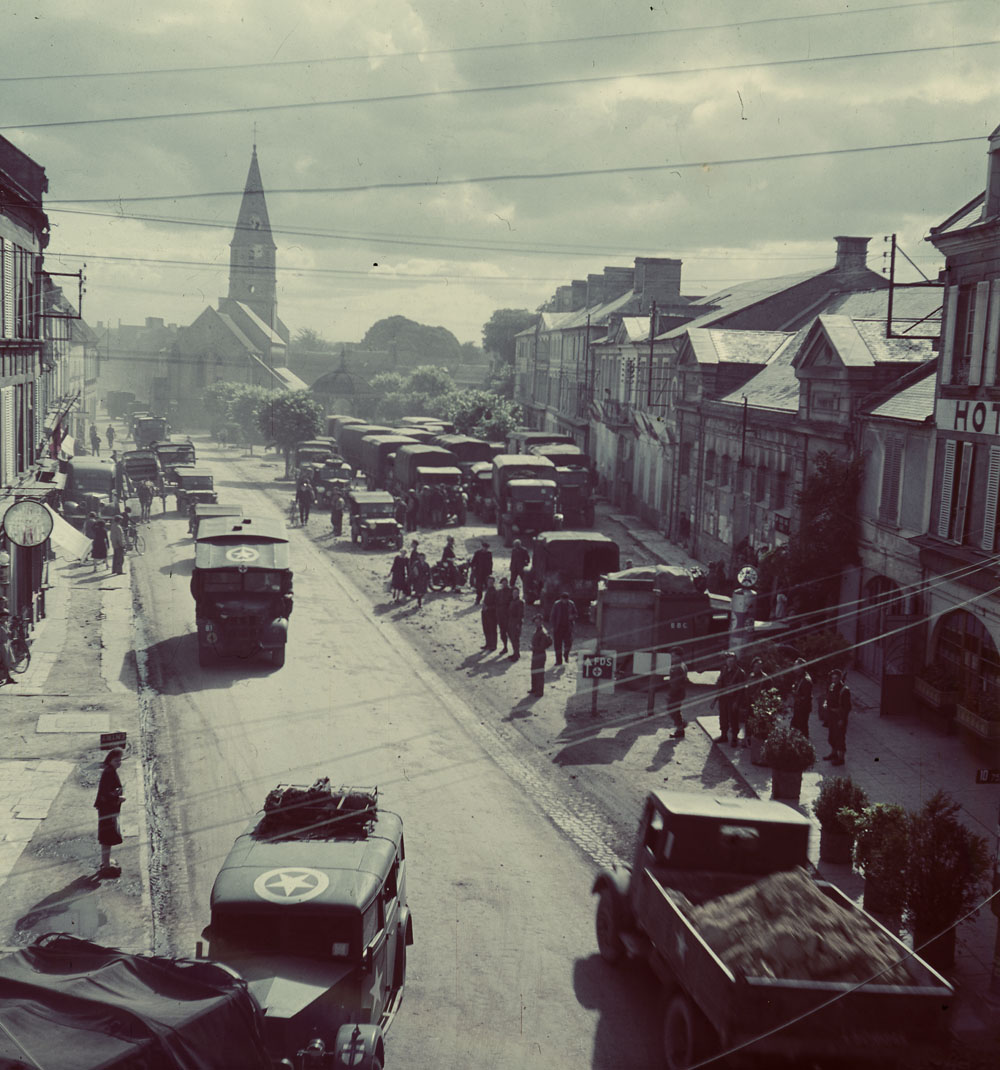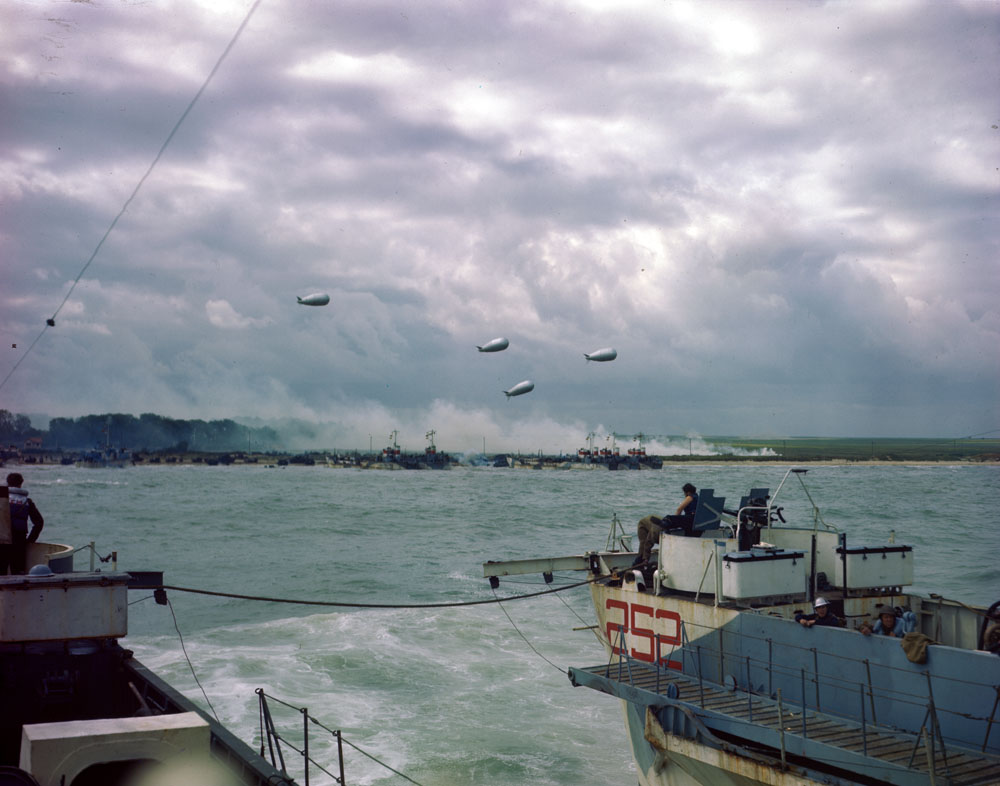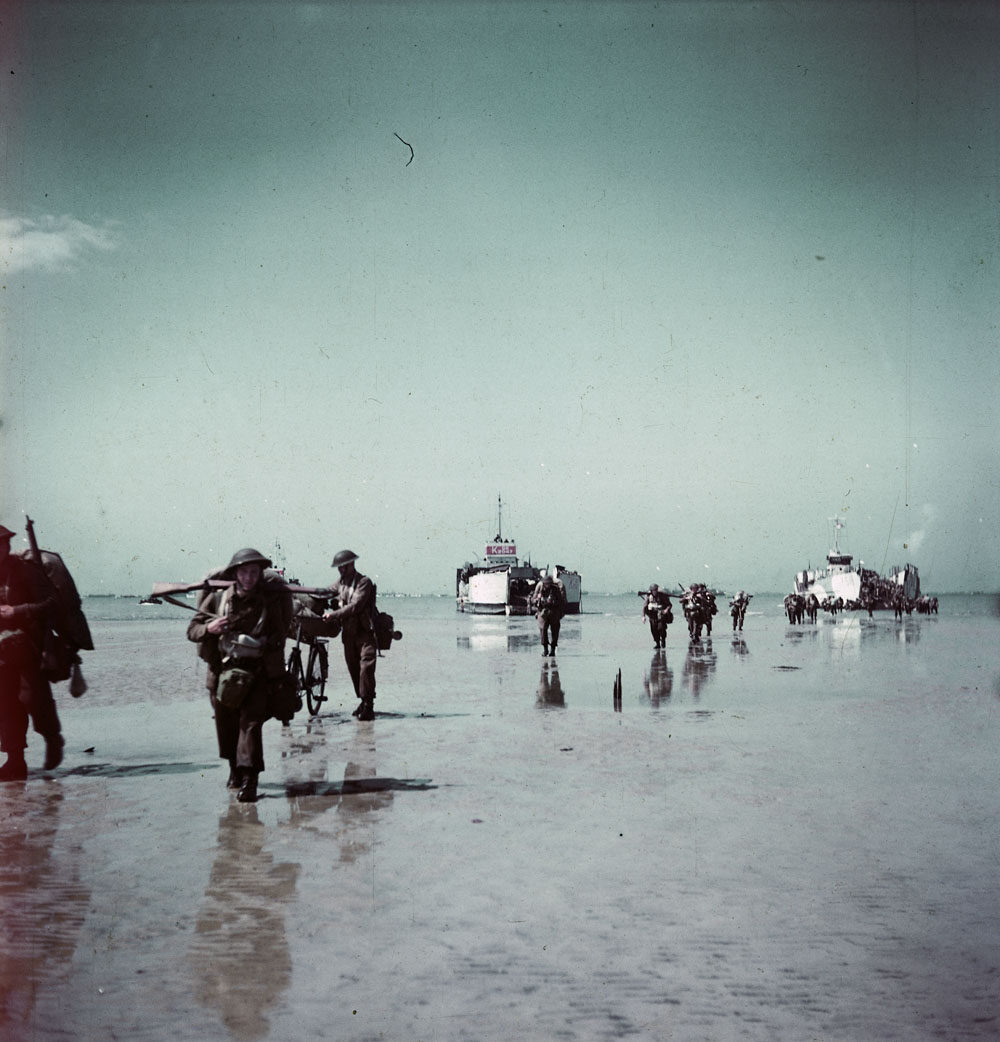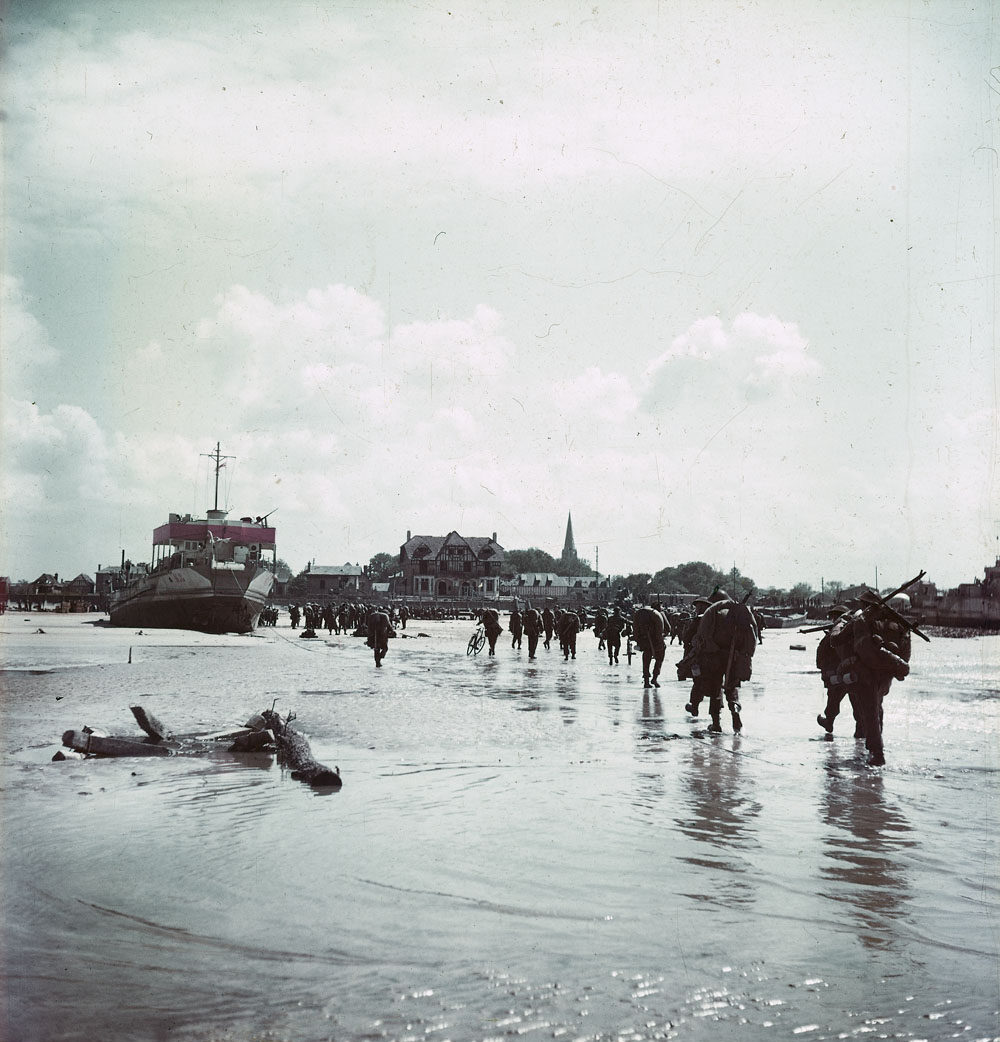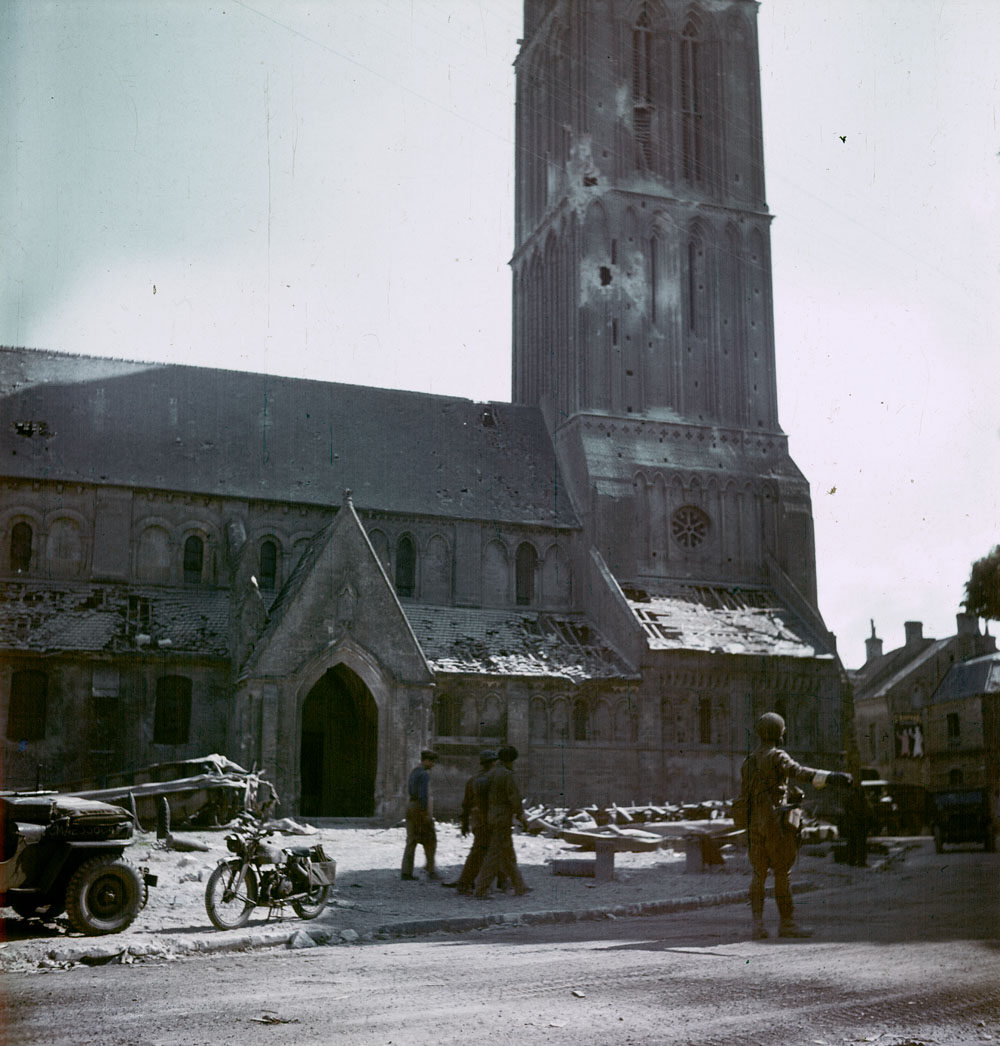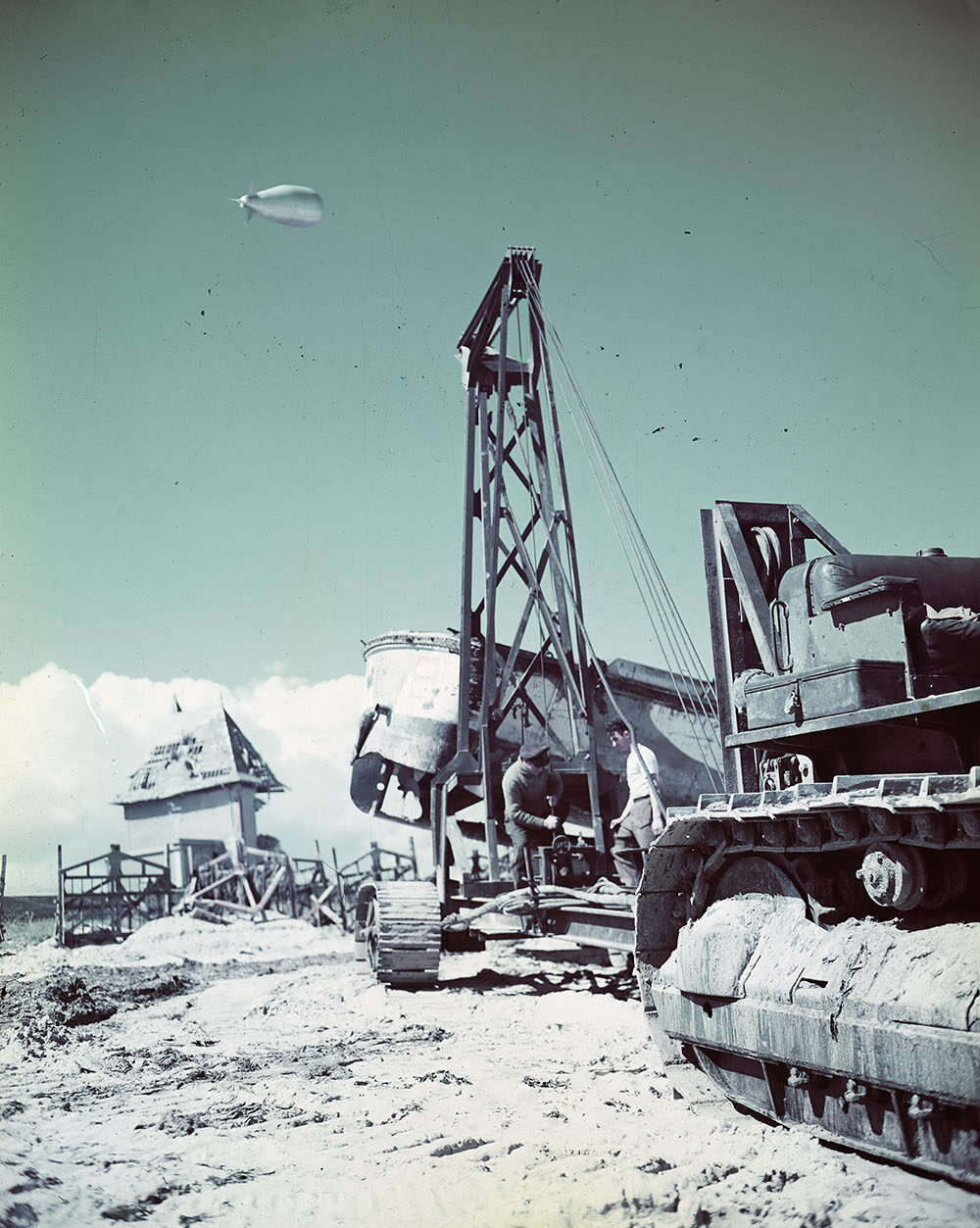Fighting till the end
After Normandy
“And [Bernard Montgomery] said, ‘I am as tired of this war as I know you are but we are going to see this thing through together and we are going over and knock the Germans for six right out of France.’”
—Bernard Montgomery quoted by Vernon Barr, wireless operator, Veterans Affairs Canada.
Successes in Normandy did not immediately lead to France’s full liberation from under Nazi control. In the weeks after D-Day, the Allies scaled up their efforts to further open the front. On August 15th, they landed in the south of France and the Wehrmacht withdrew. A few days later, on August 19, 1944, the French Resistance launched a major insurrection against the German garrison in Paris. The town was finally liberated on August 25th. Starting in September, many other operations were launched elsewhere in France to fight the German army. While Canada was not involved in all of these operations, the country did deploy troops at fronts that were equally important.
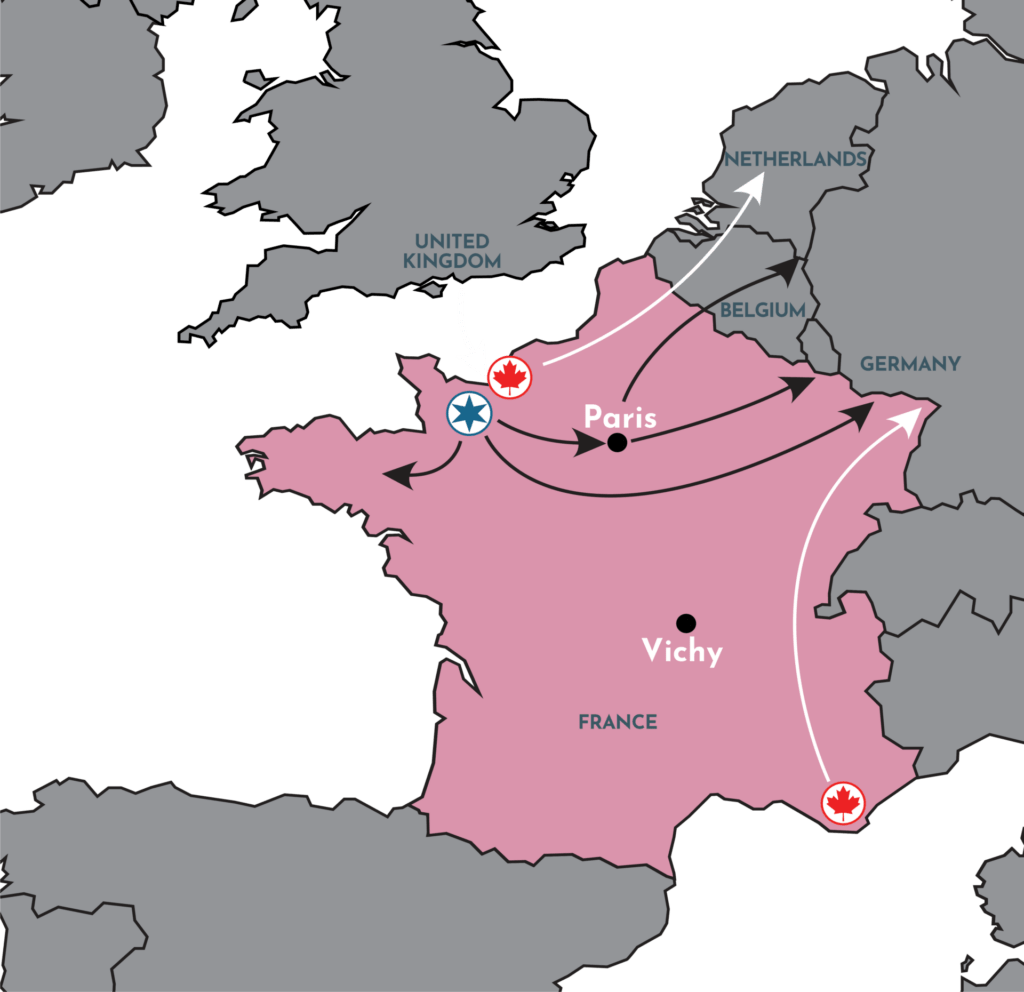
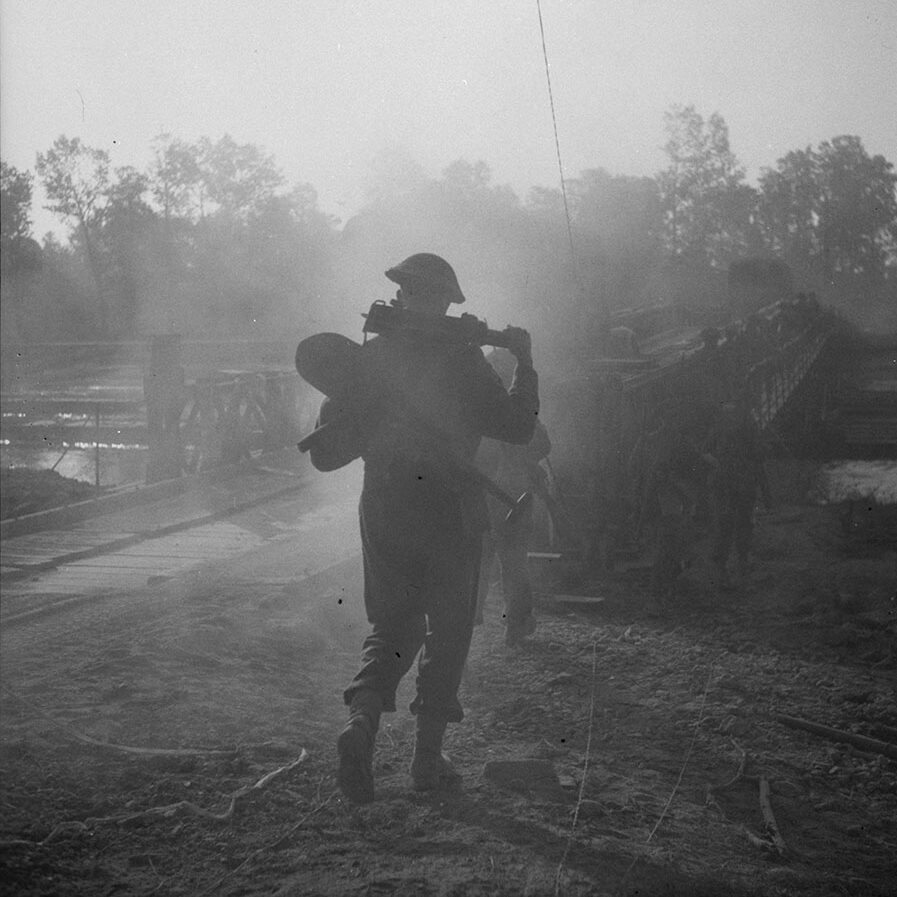
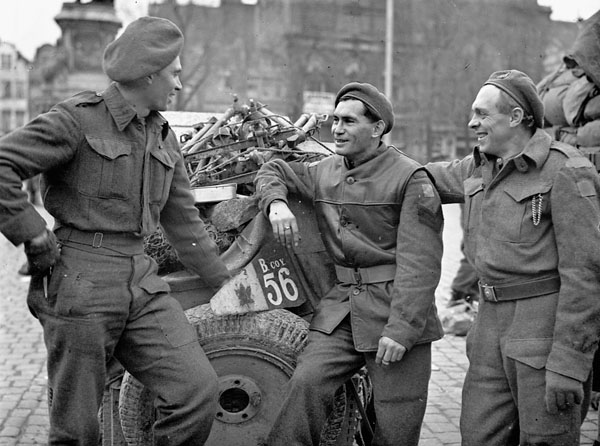
Nazi Persistence
The liberation of France was a surprise to the Nazi regime, which now found itself surrounded on all fronts. While the Germans firmly resisted across the different regions of France, the overall Allied pressure was too great. In December 1944, in the Ardennes forest, the Wehrmacht staged its last attempt to put the advantage back in their favour, but was unsuccessful. By 1945, defeat seemed inevitable.
Despite Germany’s poor military outlook, the continuation of the Holocaust remained a priority for its leaders, and they continued to exterminate Jewish populations until the end of the war. In August 1944, the Łódź ghetto in Poland was destroyed and the Jewish population was deported. In the Netherlands, transfers to the Westerbork transit camp did not stop until September 1944. Many Jews there remained prisoners until they were liberated by Canadian soldiers in April 1945.
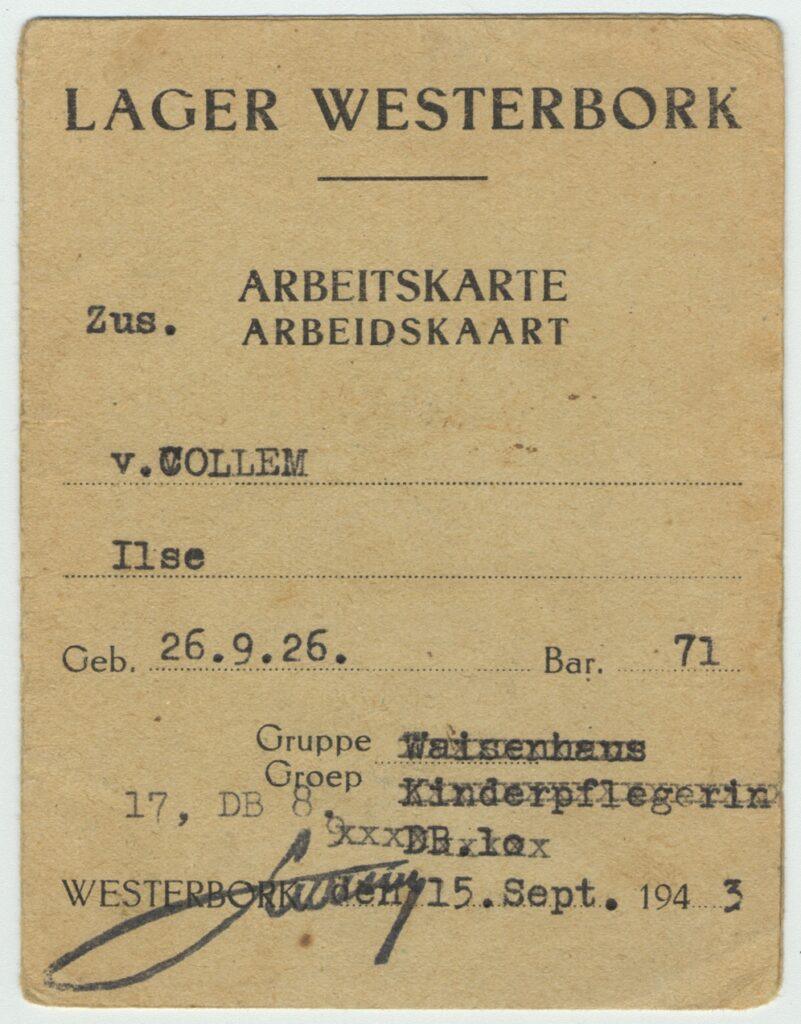
During the German occupation of the Netherlands, Ilse van Collem, her mother Lotte, and the rest of her family were deported to the Westerbork transit camp. There, Ilse worked in the fields and as a cleaner before being deported to the Bergen-Belsen concentration camp. This work card attests to her time at Westerbork (Montreal Holocaust Museum).
This identification card belonged to Lotte van Collem, Ilse’s mother. After being transferred to the Bergen-Belsen concentration camp, Lotte and two of her other children were put on a train on April 9, 1945. The three did not know where they were going; fortunately, the train was stopped by the Soviet Red Army, which freed the passengers (Montreal Holocaust Museum).
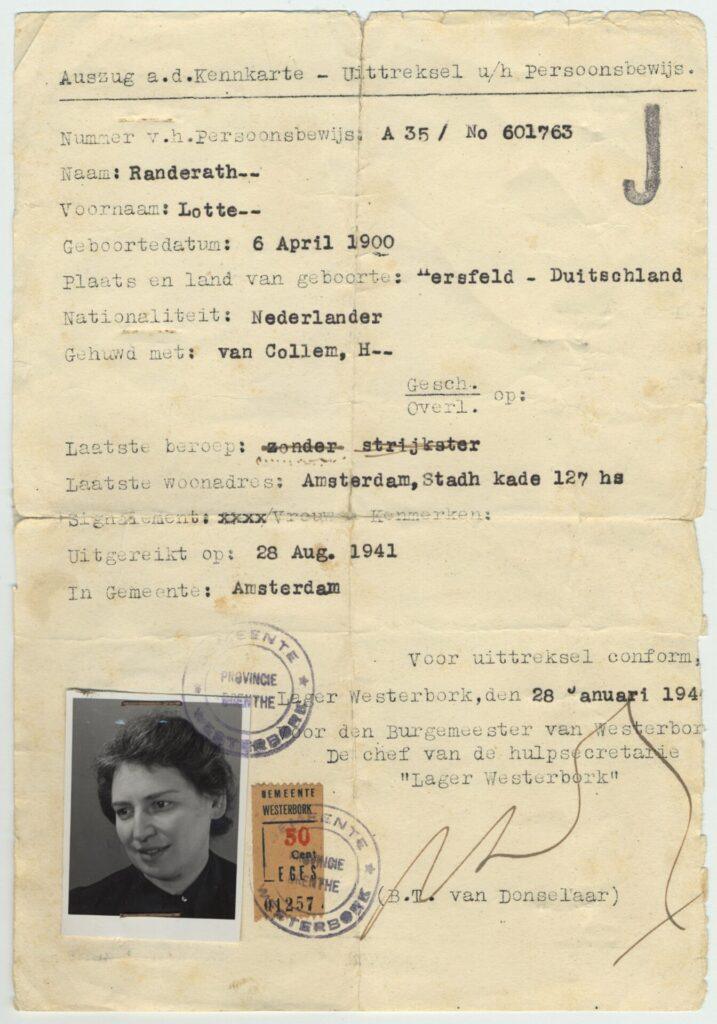
The war nears its end
The Normandy landings marked the beginning of the end of the war in Europe. However, the war did not officially end until a year later. After France, the Allies moved on to Belgium, Luxembourg and the Netherlands, where they fought hard against the Wehrmacht. The Canadian soldiers also participated in the Italian campaign, where they fought until February 1945. In addition to these advances in the West, the Red Army made significant advances throughout Eastern Europe. Starting in 1944, the Nazi regime had its back to the wall; as the war entered its final phase, the violence of the final battles only intensified.
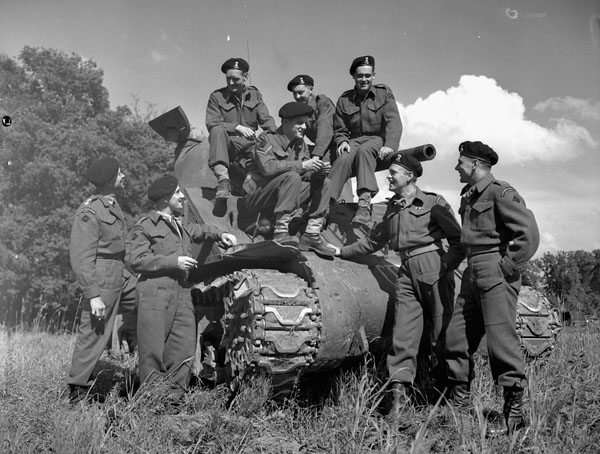
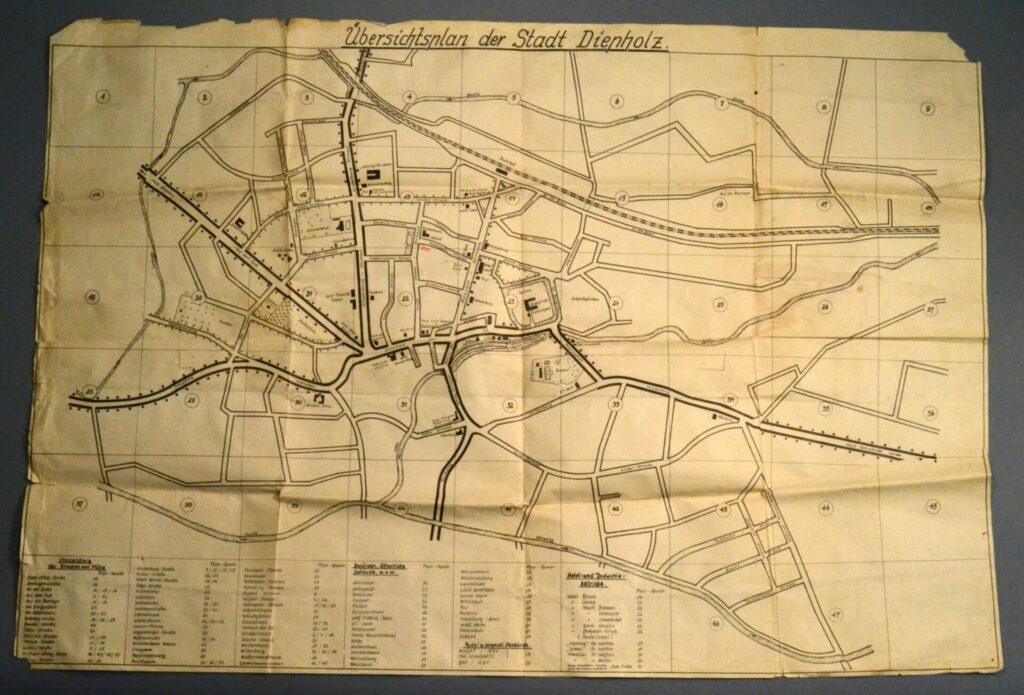
Canadians in the Netherlands
After the landings in Normandy, the Allies pushed through Belgium and into Germany and the Netherlands. During the last months of the war, the Canadian Army played an important role in the liberation of the Netherlands. Although some areas of the country became liberated in late 1944 after the Battle of the Scheldt, liberation efforts in the Netherlands intensified in April 1945 after the First Canadian Corps, which had been fighting in the Italian Campaign, united with the Second Canadian Corps in Northwestern Europe. On May 5th German Forces surrendered to the Canadians, marking an end to German occupation in the Netherlands. The War in Europe officially ended three days later on May 8th.
Discover: Use the following map to explore some of the stories of Canadians who fought to liberate the Netherlands.
Looking back
The Normandy landing was the largest combined air, naval and land operation in history. The operation allowed the Allies to open the Western Front, which ultimately led to an allied victory in Europe. The Canadian military played a significant role in ensuring the success of the landings and their involvement has since become a source of pride for Canadians.

